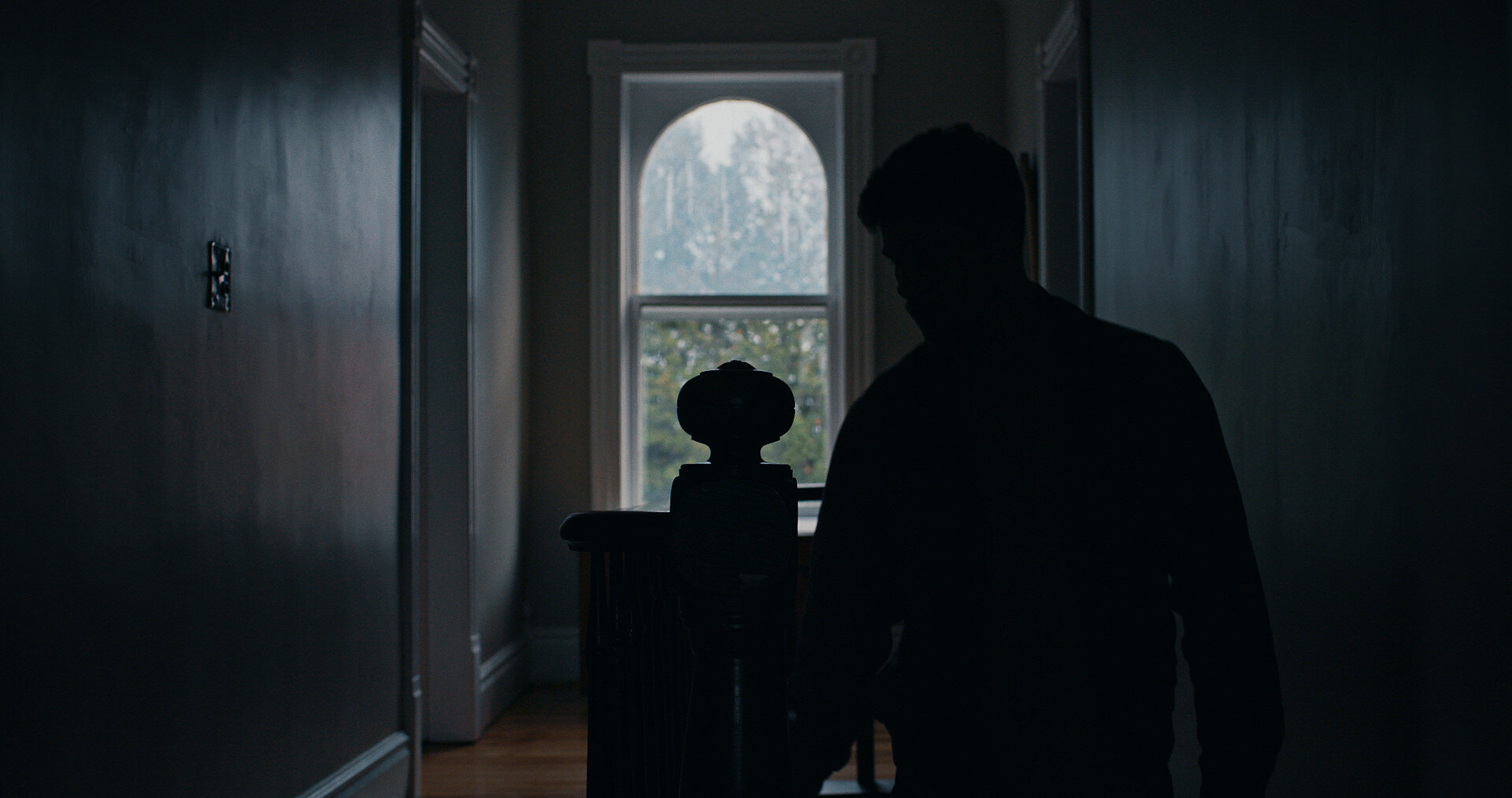anamnesis directors wanted “an emotional and experiential film” with Best Canadian Short nominated project
Modern filmmaking technique married with Ancient Greek influence creates beautiful and somber experience
Jason Pchajek, staff writer
Never has death looked so beautiful.
With anamnesis, Canadian directing duo of Ryan Gransden and Mark Edwards have crafted something that is both visually spectacular and emotionally driven. Following a young man through the stilted and cryptic confines of memory, reliving his most cherished and most difficult moments as the worst thing many could imagine happening, happens.
The film is one of expert craftsmanship, with the pair flexing every filmmaking muscle they have to get the most out of every moment. So, it should surprise nobody that the planning and execution of the film was just as important as the writing and theming.
“I think the dreamlike tone of the film is a result of many different mechanisms, but the elements that bring everything together for me are the performance of the protagonist and the cinematography,” Gransden said.
“Because of the reflective and solitary nature of the character, there were a lot of emotions that needed to be conveyed through just his eyes. This meant that we almost needed the visual language of the film to speak for the character.
“We tried to create a palette that felt more poetic than realistic, allowing the light and colour of the film to dictate the internal emotions being felt within the character at the time. It's the marrying of both the internal nature of the performance, and the expressive visual style of the cinematography that brings the dreamlike quality together.”
The intent, says Gransden, was to make “an experimental film that gives the audience a more poetic and cathartic experience to death.
“Creating an emotional and experiential film that leaves the audience with a story that allows them to connect the dots, creating their own understanding.”
This experience of death can be felt early in the film, where anyone well-read in classics or Greek history will feel a familiar presence.
The film opens with a young man who is offered a ride by an older one, who then acts as a shepherd to the younger, guiding him to his destination, but not following.
In this many could say the filmmakers are evoking the mythologic Greek ferryman Charon, whose duty was to ferry the souls of the dead across the river Styx and into the underworld. A piece of symbolism Gransden says is intentional.
“That’s exactly right, the main concept was to take the fundamental elements of Charon’s character and twist them into a more contemporary format,” he said.
“We wanted our protagonist to feel as though he had woken up in the middle of nowhere, without a sense of his past or his future, only an urge to find “the water”. Much like the story in Greek mythology, our driver knows his duty, but rather than bringing the dead across the river of Styx, our driver brings the protagonist back to his place of death, where his memories return, and he comes to accept his fate.”
With this attention to detail in terms of symbolism, we should not forget the pains it took to get some of the film’s most interesting and moving shots. Closing the film we see the man – as Gransden said – accept his fate, remembering his death and walking into the water to drown himself, like he drowned in his car in real life.
“This shot was a bit of a technical challenge mainly due to the time restrictions we set in order to film at the perfect time of day, just before the day fell into night,” Gransden said.
“We basically warned everyone on set about the urgency of the moment, and prepared ourselves as much as possible. Luckily we were able to get this shot on our first and only take. I honestly doubt we could’ve gotten another take without a reshoot, but everyone on set was already on their A-game, and their efforts turned out perfectly on screen, especially our actor, Sam Wexler.”
“The car scenes were filmed at a local scrapyard which generously allowed us to use a car they had planned to scrap,” he said.
“The owner of the yard also owned an industrial water pump which he granted us access to. So we waited until night, lit the scene with a large blue tinted light, and blasted the car with water through the back doors and air vents, hopefully creating a convincing enough effect of a submerged car.
“Both of these effects were interesting technical challenges that held very little room for error, but thanks to the talented crew we had working with us, they came to life exactly as planned.”


